Introduction
Crispy pork trotters, with their irresistible combination of melt-in-your-mouth tenderness and shatteringly crisp skin, are a culinary delight that transcends borders. Whether you know them as crispy pork knuckles, grilled trotters, or porchetta-style pig feet, this dish has earned its place in global cuisine for its ability to transform humble ingredients into a feast for the senses. The contrast between the gelatinous richness of the collagen-rich meat and the airy, golden crust is nothing short of magical. Yet, achieving this perfection at home can seem daunting. Fear not! This comprehensive guide will walk you through every step, from selecting the finest trotters to mastering the double-fry technique that guarantees crackling success. Prepare to embark on a journey that blends tradition, technique, and a dash of kitchen alchemy.
The Allure of Crispy Pork Trotters
Before diving into the recipe, let’s appreciate why this dish captivates food lovers worldwide. Pork trotters, often overlooked, are a treasure trove of flavor and texture. When cooked correctly, the collagen breaks down into luxurious gelatin, creating a velvety texture that coats the palate. The skin, when rendered and fried to a crisp, becomes a light, bubbly masterpiece—a texture akin to pork rinds but far more elegant. This dish is a testament to the beauty of nose-to-tail eating, celebrating every part of the animal with respect and creativity.
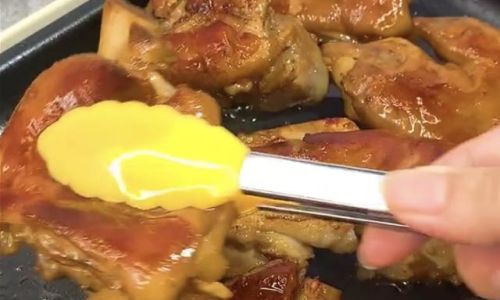
Ingredients: Assembling Your Crispy Arsenal
To embark on this culinary adventure, gather the following ingredients. Each component plays a pivotal role in building flavor and texture:
- 4 pork trotters (front or hind): Opt for fresh, unsmoked trotters with intact skin. Ask your butcher to singe off any remaining hairs and split them lengthwise for even cooking.
- 2 tablespoons white vinegar: For cleaning the trotters and removing impurities.
- 1/4 cup kosher salt: For scrubbing and initial brining.
- 8 cups water (for boiling): Plus additional water for soaking.
- 1 large onion, quartered: Adds sweetness to the broth.
- 1 head garlic, crushed: Imparts aromatic depth.
- 4 bay leaves: For earthy, herbal notes.
- 1 tablespoon black peppercorns: Adds mild heat and complexity.
- 1/4 cup baking soda: Key to tenderizing the skin during boiling.
- 2 cups all-purpose flour: Creates a light, crispy coating.
- 1/2 cup cornstarch: Enhances crunch and prevents sogginess.
- 1 tablespoon baking powder: Encourages the skin to puff during frying.
- 1 tablespoon smoked paprika: For a hint of smokiness (optional).
- 2 teaspoons sea salt: To season the coating.
- 1 teaspoon freshly ground black pepper: For subtle spice.
- 4 cups vegetable oil (or lard): For frying; ensure it’s neutral to avoid competing flavors.
- Dipping sauces (optional): Chili garlic sauce, sweet soy glaze, or mustard for serving.
Preparation: The Foundation of Flavor
Cleaning and Initial Brining
Pork trotters require meticulous cleaning to remove any residual hair or grit. Begin by scrubbing them under cold water with a stiff brush. In a large bowl, combine 4 cups of water with 2 tablespoons of vinegar and 1/4 cup of salt. Submerge the trotters for 30 minutes. This step not only sanitizes the skin but also begins the process of tenderizing.
Parboiling: The Secret to Tender Meat
In a stockpot large enough to hold all trotters, combine 8 cups of water, the onion, garlic, bay leaves, and peppercorns. Bring to a boil, then reduce to a simmer. Add 1/4 cup of baking soda—this alkaline agent helps break down tough connective tissues. Gently lower the trotters into the pot, ensuring they’re fully submerged. Simmer for 1.5 to 2 hours, or until the meat is tender but not falling off the bone. Skim any foam that rises to the surface.
Drying: The Critical Step for Crispiness
Once cooked, transfer the trotters to a wire rack set over a baking sheet. Pat them dry with paper towels, then refrigerate uncovered for at least 4 hours (or overnight). This step is non-negotiable; moisture is the enemy of crispiness. The cold, dry air firms up the skin, preparing it for the final transformation.
Coating: Engineering the Perfect Crust
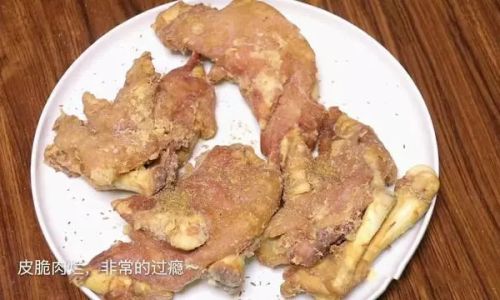
The Flour Blend
In a shallow dish, whisk together the flour, cornstarch, baking powder, smoked paprika (if using), salt, and pepper. This mixture serves dual purposes: the cornstarch absorbs excess moisture, while the baking powder creates tiny air bubbles during frying, resulting in a lighter, airier crust.
Dredging Technique
One hour before frying, remove the trotters from the refrigerator. Dust each trotter generously with the flour mixture, pressing gently to adhere. Shake off excess coating—a thin, even layer is ideal. Allow them to rest at room temperature; this ensures the coating adheres properly during frying.
Frying: The Moment of Truth
First Fry: Setting the Stage
Heat your oil in a deep, heavy-bottomed pot or Dutch oven to 325°F (160°C). Using a thermometer is crucial here. Working in batches, gently lower the trotters into the oil, skin-side down. Fry for 8–10 minutes, turning occasionally, until the coating sets but doesn’t brown significantly. This initial fry cooks the meat through and begins rendering the fat.
Resting Period
Transfer the trotters to a clean wire rack and let them rest for 15 minutes. This pause allows the internal moisture to redistribute, preventing sogginess during the second fry.
Second Fry: The Golden Finish
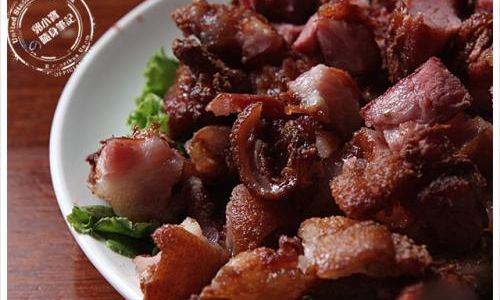
Increase the oil temperature to 375°F (190°C). Return the trotters to the oil, this time frying for 4–5 minutes until the skin puffs into a golden, bubbly lattice. The higher heat crisps the coating without overcooking the meat. Monitor closely to prevent burning.
Serving Suggestions: Elevating the Experience
Crispy pork trotters are a star attraction, best enjoyed immediately. Serve them whole on a platter, encouraging diners to tear into the crackling skin and succulent meat. Pair with:
- Dipping Sauces: A tangy chili garlic sauce or a sweet-sour plum dip cuts through the richness.
- Pickled Vegetables: Quick-pickled cucumbers or daikon add refreshing crunch.
- Sides: Creamy mashed potatoes, sautéed greens, or buttered noodles complement the dish’s texture.
- Beverages: A crisp lager, riesling, or iced tea balances the dish’s decadence.
Tips for Crispy Perfection
- Temperature Control: Maintain precise oil temperatures. A thermometer is your best friend here.
- Drying is Key: Even if short on time, air-drying the trotters for 2 hours is better than skipping it.
- Batch Frying: Avoid overcrowding the pot, which lowers oil temperature and causes greasy results.
- Safety First: Use a deep pot and keep a lid nearby in case of flare-ups.
Common Pitfalls and How to Avoid Them
- Soggy Skin: Inadequate drying or low frying temperatures. Ensure trotters are bone-dry before coating.
- Uneven Cooking: Overlapping during frying. Fry in single layers, allowing space between pieces.
- Burnt Coating: Skipping the second fry or using too-high heat. The double-fry method ensures even crisping.
Variations to Explore
- Spicy Kick: Add 1 tablespoon of chili flakes to the flour mixture.
- Herb-Crusted: Mix chopped rosemary or thyme into the coating.
- Honey Glaze: Brush with honey mixed with soy sauce during the final 2 minutes of frying.
- Air-Fryer Adaptation: For a lighter version, air-fry at 400°F (200°C) for 20–25 minutes, flipping halfway.
Conclusion: The Joy of Crispy Mastery
There’s an undeniable thrill in mastering a dish that marries primal texture with refined flavor. Crispy pork trotters, with their rustic charm and gourmet appeal, reward patience and precision. Whether you’re hosting a dinner party or craving a weekend indulgence, this recipe promises to elevate your home cooking. So, embrace the sizzle, savor the crunch, and revel in the knowledge that you’ve turned a humble cut into a culinary triumph. Bon appétit!
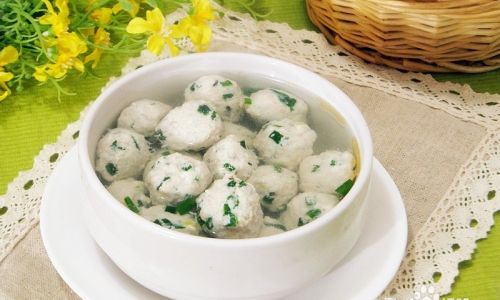
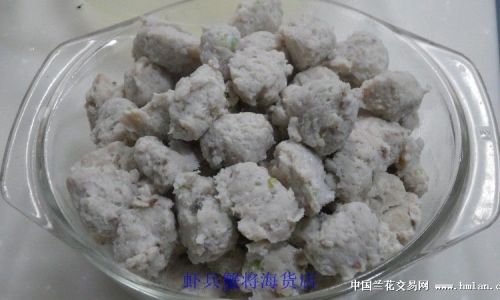
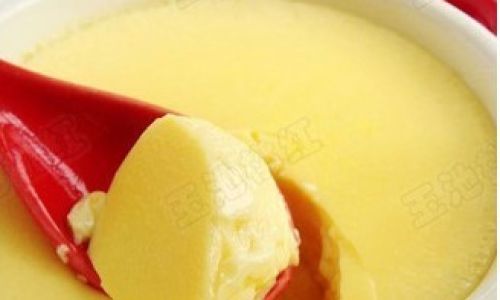
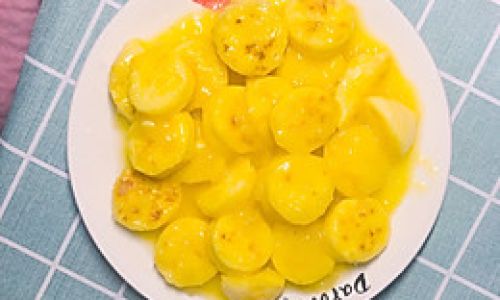
0 comments